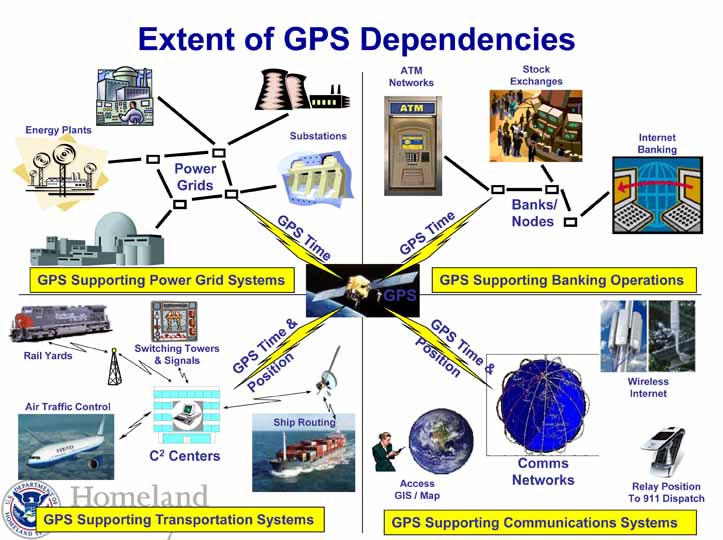Galileo Satellites Readied for Friday Launch
 Galileo IOV satellites attached to their launch dispenser and encapsulated beneath the fairing of their Soyuz ST-B launcher. ESA graphic by P. Carril
Galileo IOV satellites attached to their launch dispenser and encapsulated beneath the fairing of their Soyuz ST-B launcher. ESA graphic by P. Carril[Updated October 11, 2012] The next two Galileo satellites have been cleared for launch on Friday (October 12, 2012), a couple days later than originally planned.
Follow the Galileo IOV launch live online here.
By Inside GNSS














